Introduction
Kalasha or kalash are the indigenous people found in the picturesque Chitral valley of Pakistan. They speak kalash language which is believed to be originated from indo-Iranians languages. They are around 3500 in population in this area and are very unique people in many ways.
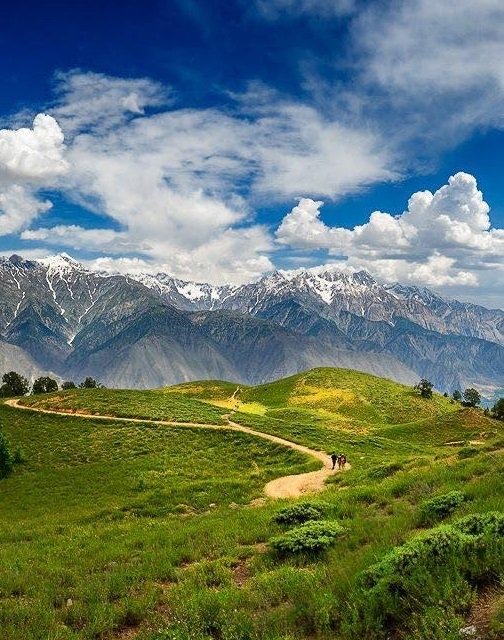
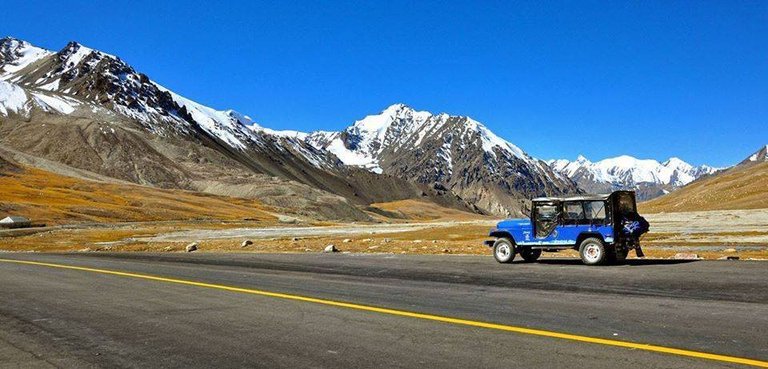
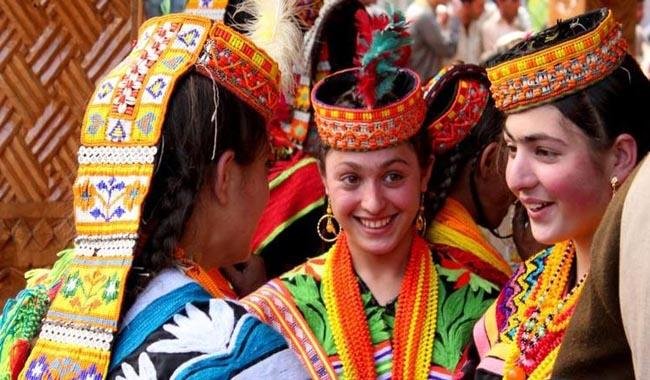
Origin
The kalasha people claim that they are the descendants of Alexander the great. Researchers and historians also found some similarities in culture, religion, physical appearance and festival amongst ancient Greeks and Kalasha. Kalasha people worship 12 gods of the ancient Greeks and the mythology has compared to the ancient Greece but their traditions are much closer to Indo-Iranians.

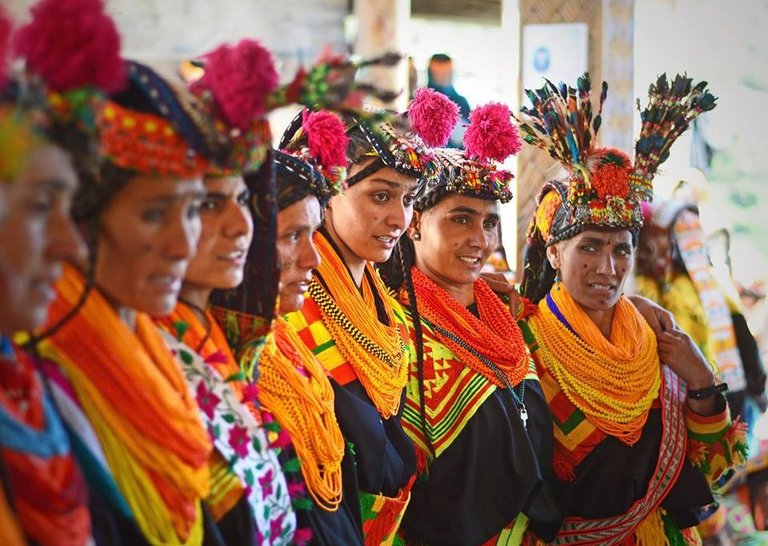

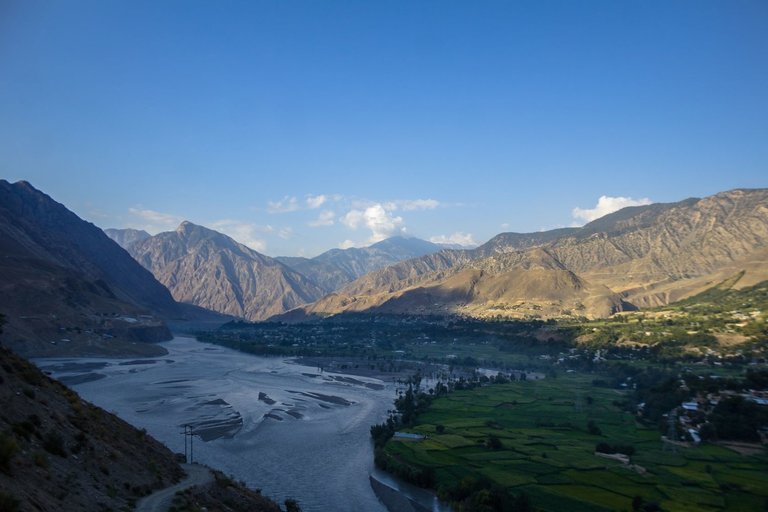
Carnivals
They have 3 carnivals in a year Joshi, Uchau, and Caumus.
Joshi is a 4 carnival is celebrated in May and in which kalasha people offer milk to others. For this purpose they save milk for ten days.
Uchau carnival is celebrated in order to mark the harvest of wheat and barley, The carnival starts from Bumburet and Rambur Valleys as these are thr main valleys producing wheat and barley.
Caumus is New Year festival in which old people of the area sit on top of the hills and witness the dawn and the Sun rays hitting the valleys and until their announcement the rest of the people wait in their homes. After the announcement all come together and celebrations start with sacrificing the goats to goddess Jastak.
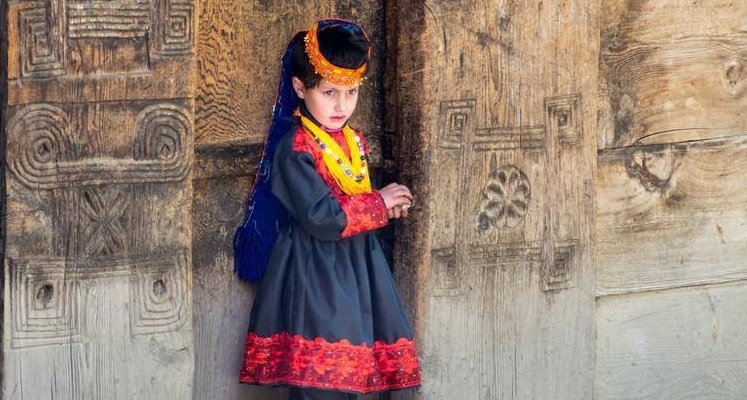

Customs and Traditions
Kalash women wear black long embroidered robes with traditional hat while men wear Pakistani traditional dress. Menstruating girls and women are sent to village menstrual building (bashaleni) during their periods until they regain purity. Women also give birth to children and stay for 10 days after the delivery in this building. After giving birth the female undergo with a ritual in this building before she return to her husband.
If a boy is born he will stay with women as he is not considered as a man until six years old. Up to six years the boy is not wearing any kind of cloths. After six years of birth a celebration is held and the boy wears cloths and start eating and drinking with men and a goat is sacrificed on this occasion.
If a woman wants to change his husband she writes a letter to her prospective husband offering herself in marriage but he must pay double than her current husband.
If someone dies so the body is kept in the coffin in graveyard for 2 to 3 days and every Kalash community member is informed. The dead body is surrounded by family women and their hairs cover their faces while the rest of the community singing and dancing.
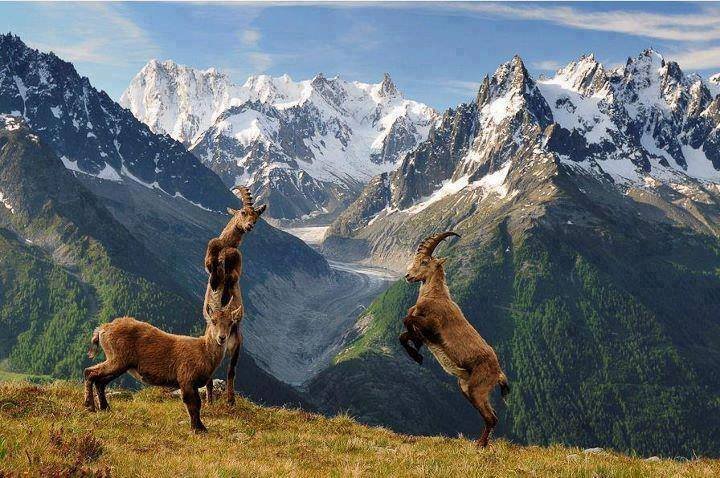
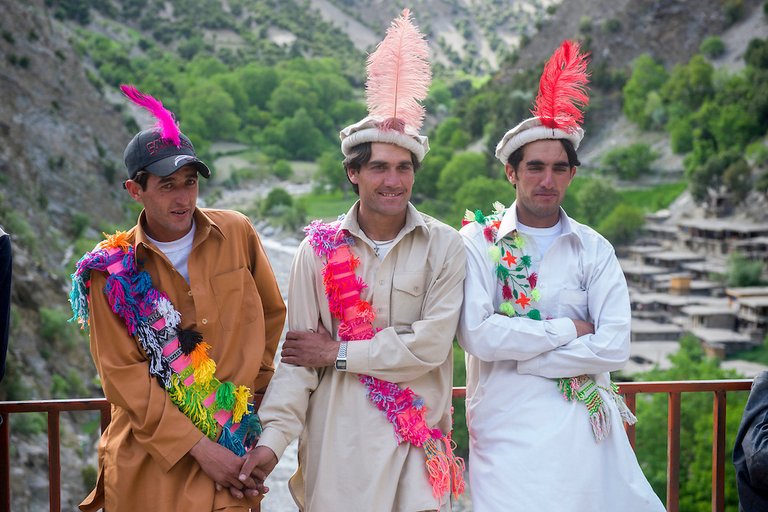
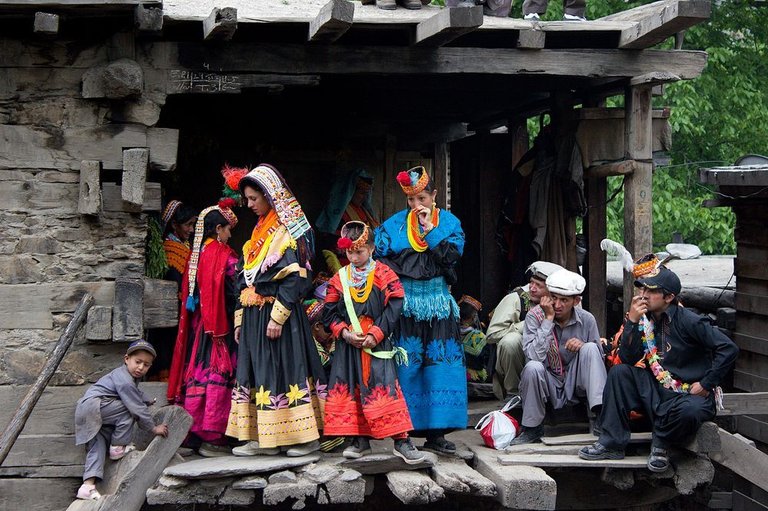

Hi! I am a robot. I just upvoted you! I found similar content that readers might be interested in:
https://en.wikipedia.org/wiki/Kalash_people